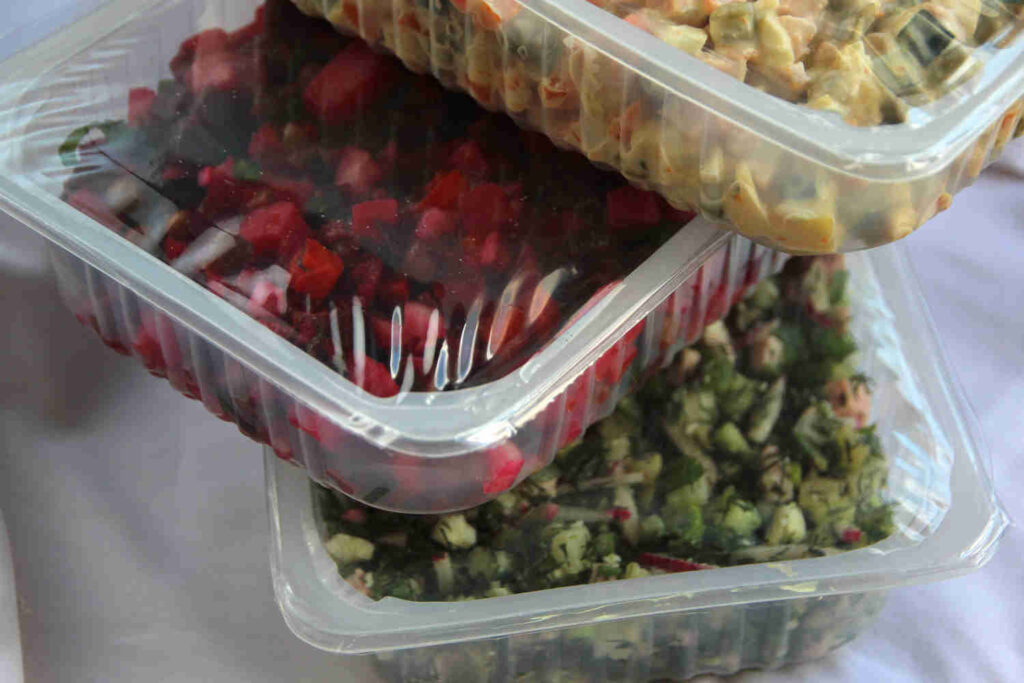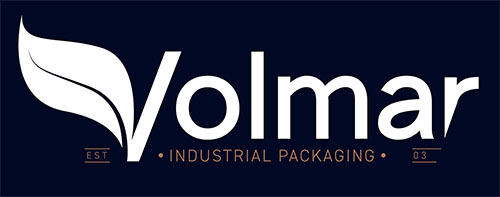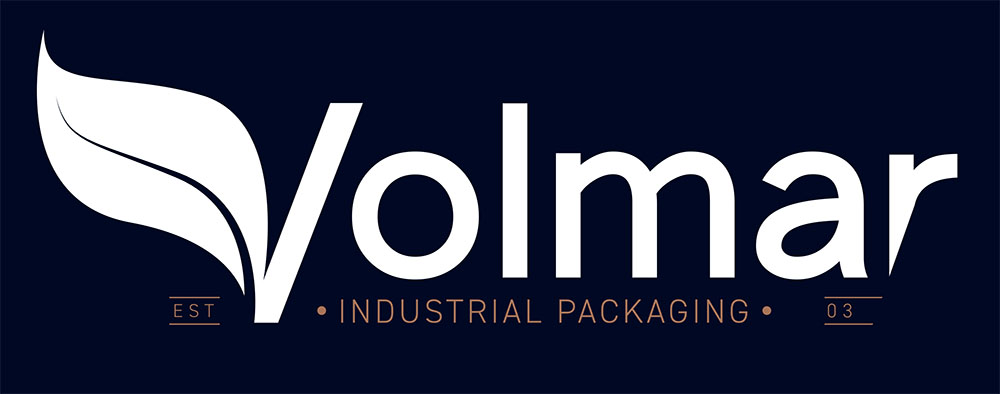
Foods can be packaged using different types of methods, including protective atmosphere.
It’s a special process that protects food products and improves preservation, using specific non-toxic gases suitable for human consumption.
How protective atmosphere works
Protective atmosphere packaging for food is a preservation method that involves creating an atmosphere inside the food packaging that is different to the environmental one.
Altering the composition of the atmosphere inside the packaging is a technique aimed at preserving foods and preventing the proliferation of mold, fungus and bacteria that are harmful to our health. Plus, this system protects food from a series of changes, to maintain the organoleptic properties and look of food products for as long as possible.
In general, foods in a controlled atmosphere have a longer shelf life with no changes to their smell, taste or color. The modified atmosphere is achieved using a special mixture of inert gases, which are non-toxic, instead of air. These gases are chosen based on the type of food that is being preserved and the additives permitted by European regulations.
This is how MAP (Modified Atmosphere Packaging) or vacuum-sealed packaging is achieved, depending on whether the system requires the replacement or removal of air in the packaging. Modified atmosphere packaging technology is indicated by the acronym MAP, whereby the food in the packaging is in a controlled atmosphere in accordance with specific parameters and requirements.
How do the gases act?
The gases used in MAP are regulated by European directives on food additives, to ensure maximum safety for consumers and prevent harmful changes to the food. Each gas interacts differently with foods and with the other gases, so specific mixes are used for each type of product.
For example, in terms of the composition of the modified atmosphere, with cold cuts the mixture generally consists of 50% oxygen and 50% nitrogen, but in some cases it can be 70% oxygen and 30% nitrogen. For cheeses, on the other hand, the atmosphere consists of 80% nitrogen and 20% carbon dioxide.
Carbon dioxide
Carbon dioxide (CO2) is one of the gases approved for use in modified atmosphere packaging. It inhibits the production of fungus and bacteria thanks to its fungistatic and bacteriostatic properties. CO2 is used in low concentrations because it can alter the color of foods like red meat if there are high quantities of it inside the packaging.
Nitrogen
Nitrogen (N) is an odorless gas that is widely used for modified atmosphere packaging. It prevents the oxidation of foods. It also fills the packaging to protect the food during transport, storage and sale.
Protective atmosphere packaging: what does it mean?
In addition to the benefits mentioned above, protective or modified atmosphere packaging has a longer expiration date than packaging that only uses air. For example, the shelf life of coffee changes from 60–90 days to 90–150 days in MAP, bakery products from 10 to 60 days and red meat from 4–5 days to a maximum of 10–15 days.
As a food packaging specialist, Volmar offers dedicated solutions for protective and modified atmosphere packaging, with a wide range of products to optimize the preservation of foods in MAP. In particular, we offer high-quality packaging like custom laminated paper, which is ideal for cold meats and cheeses in MAP, vacuum bags for an optimal barrier effect or rigid films for all MAP needs.

